Security & Safety Enhancements
Nearly all uPVC and some aluminium doors use a Euro cylinder. This is the bit that you put your key into, and allows you to unlock the door. Door manufacturers know the weakness of these, but they still continue to put them in new doors today.
What Is Lock Bumping?
Bumping is an entry technique once only used by locksmiths, but now a growing number of burglars are also using it. The normal way to unlock a Euro cylinder, is by putting the correct key into the lock, which lifts the cylinder ‘pins’, which then allows the key to turn and unlock the door.
Bumping involves putting a special ‘bump key’ into the cylinder, and hitting it with a hammer. If done correctly, it makes all the cylinders pins lift up, allowing the ‘bump key’ to be turned.
There are stories of burglars using this technique to burgle homes, then the victim’s home insurance company, not being able to pay out the claim, because there is no visible sign of entry.
What Is Lock Snapping?
Lock snapping is a more brutal method of entry, where the actual Euro cylinder is snapped in half, allowing access to the gearbox of the multi-point lock. Once the snapped cylinder is removed, tools can be used to unlock the mult-point lock and gain entry to the home.
My Anti-Bump/Anti-Snap Cylinders
My security cylinders have the following features, which help them resist attack:
- Different type of internal pins, which helps stop them all lifting at the same time, which is what happens when a lock is bumped.
- The different pins also prevent someone trying to use the traditional method of picking the lock.
- The ‘plug’ of the cylinder is designed differently, to prevent it being pulled out.
- There is breakable part on the cylinder, known as the sacrificial point. This means if someone tries to snap the cylinder, the end deliberately breaks off, leaving the main part of the cylinder safely inside the door.
- The lock still operates after the sacrificial bit has been broken, so if you are the victim of an attempted snapping, you can still use your key.
- Visible Kite Mark on the cylinder, which will deter opportunist burglars.
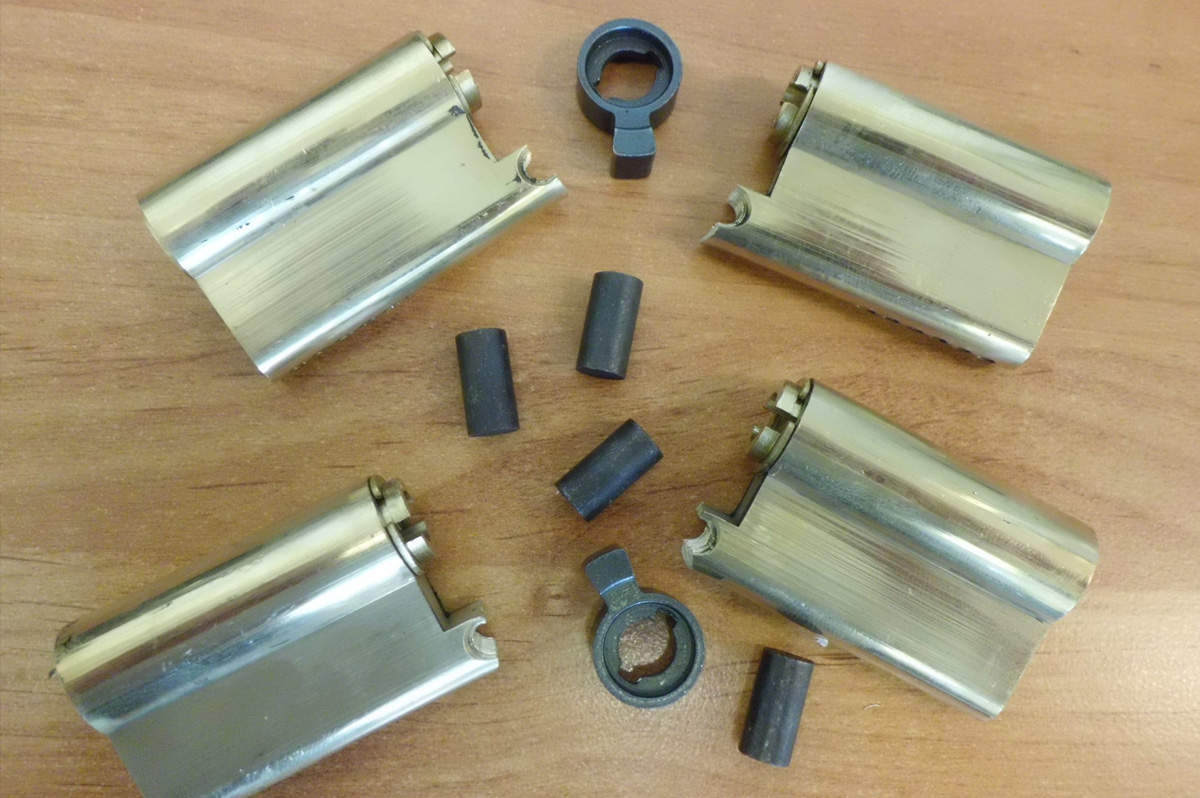
Two brand new cylinders, that were fitted in a modern uPVC French door. I snapped them in the doors to prove their weakness, and have replaced them with my anti-snap ones.
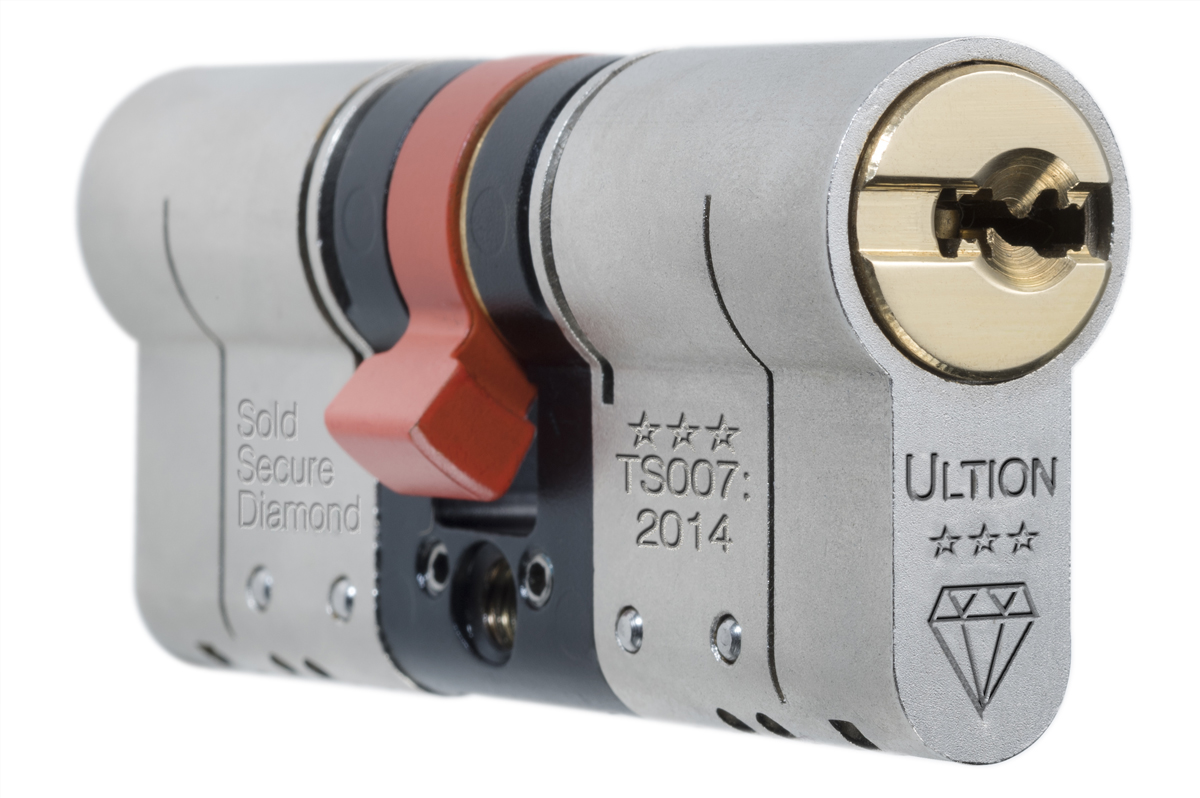
I use the Ultion 3* Sold Secure as my preferred choice of high security cylinder due to its ‘lockdown mode’, which detects when it’s under attack and fires a pin into the cam which then prevents the door being unlocked.
If you feel the current security of your existing windows/doors is not upto scratch, or you have a particular room/part of your home that needs to be more secure?
I can assess your existing security, and advise you on solutions of how to improve it.
These are tailored to your home and what type of windows/doors you have, but below are some typical upgrades I can carry out:
- Replacing standard Euro cylinder locks, with Anti-Bump/Anti-Snap ones. More info on lock snapping can be found above.
- Replacing standard door handles with uprated ones, to resist the attacking involved in lock snapping.
- Adding locking points to window openers.
- Replacing older roller door locks, to modern secure hook locks.
- Fitting laminated security glass, in locations where more resistance to attack is required e.g. Garages containing expensive cars/motorcycles.
Depending on when your existing windows/doors were fitted, the requirements for safety can vary. Most safety improvements have children in mind, but can also be necessary for landlords in order to rent their properties.
- Fitting child restrictors to windows, so they only open a small amount.
- Fitting safety glass into low down areas, that didn’t require it when the original frames were fitted.
- Fitting door security chains.
- Fitting spyholes into doors.
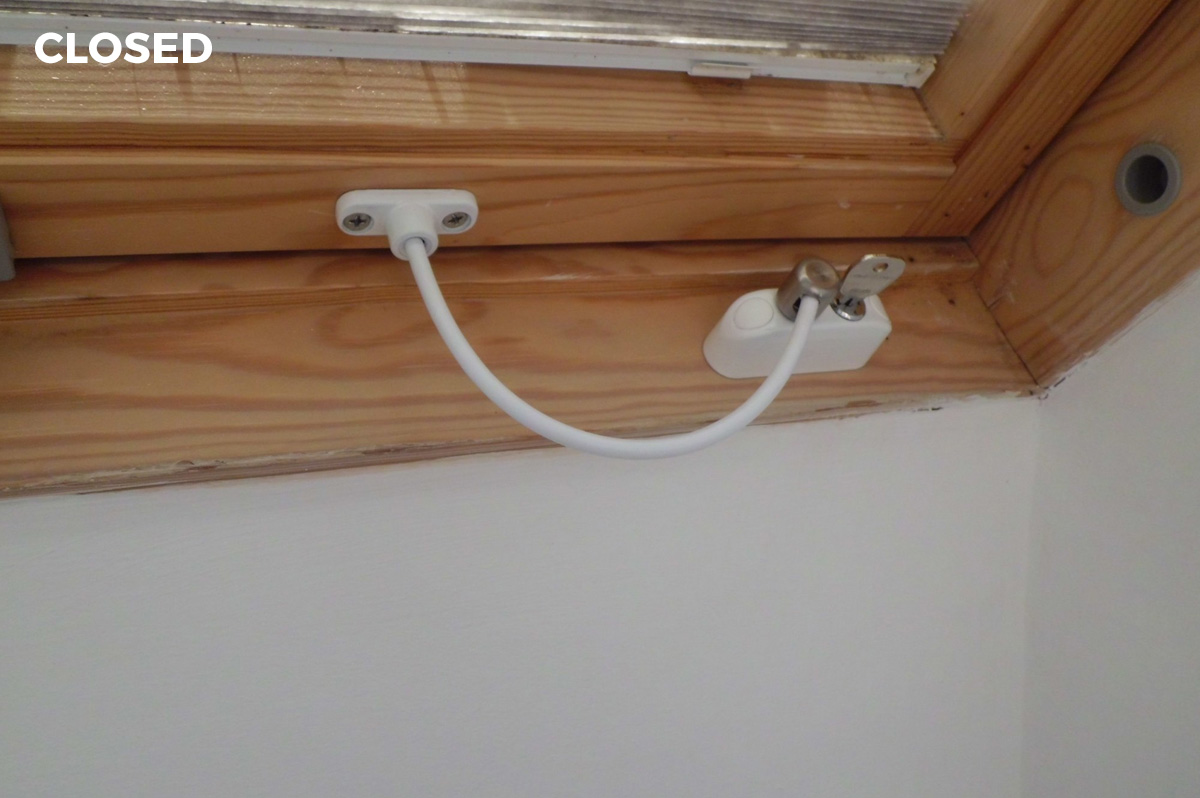
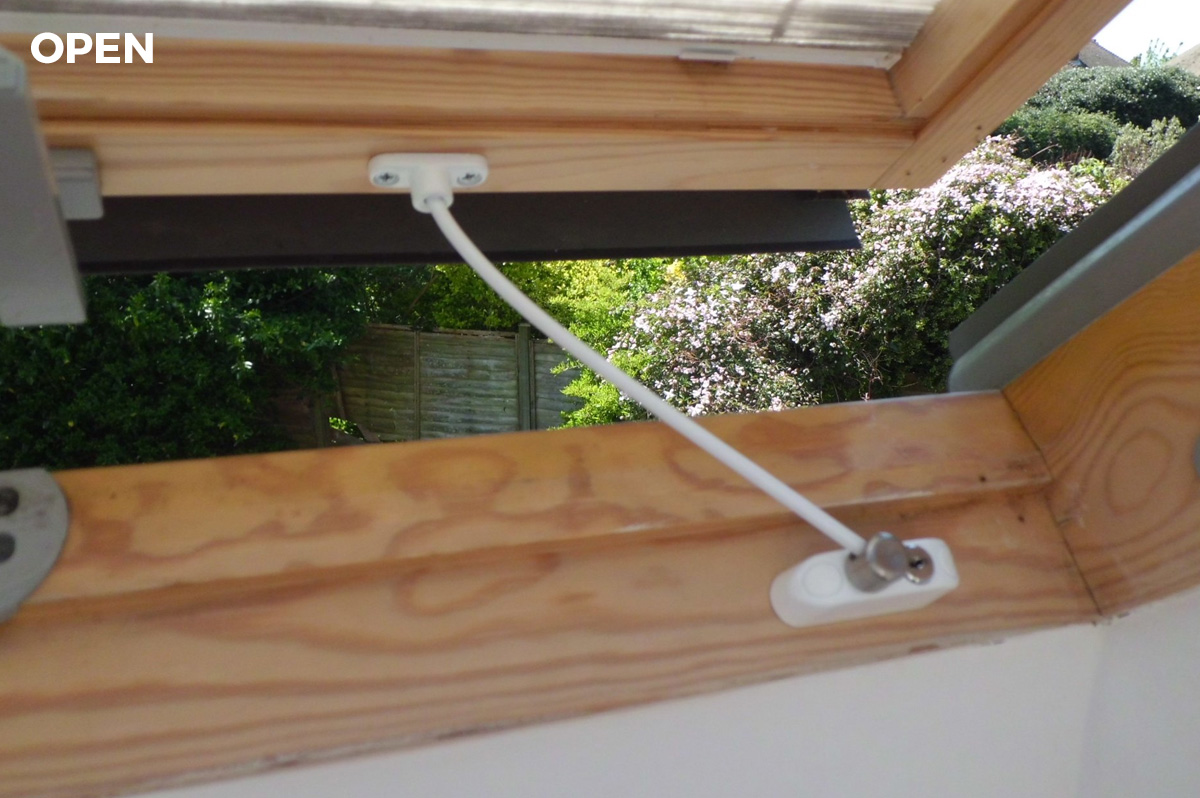
A cable restrictor fitted on a low level timber roof window, so the customer could allow the very warm loft conversion to ventilate, without risk of her children fully opening the window, and falling out.
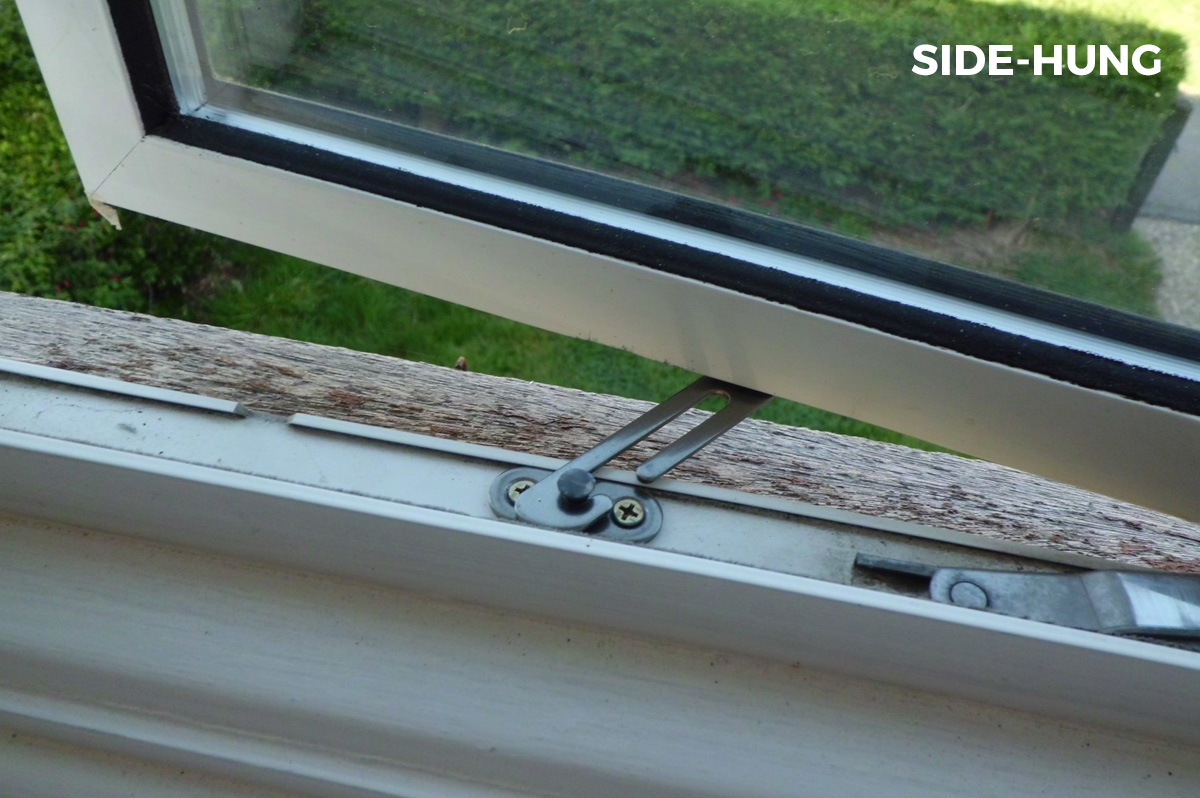
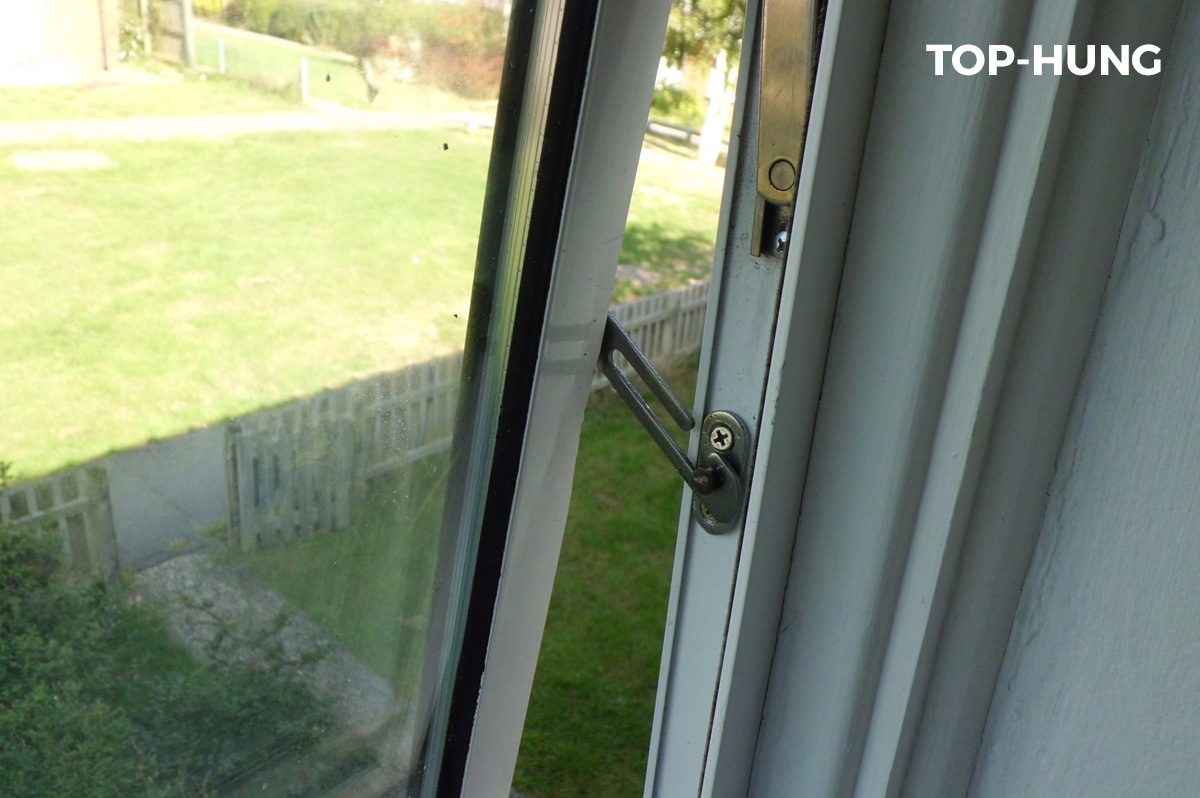
These sprung restrictors are the most common type I fit to uPVC and aluminium windows. Unlike the cable restrictor, these are sprung so they automatically engage, to prevent the window opening any more than 10cm. The window can be fully opened by adults, but requires two hands, which means children are very unlikely to be able to release them. To re-engage the restrictor, the window just has to be closed, and it will automatically engage when opened again.

